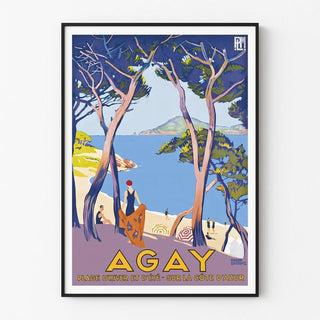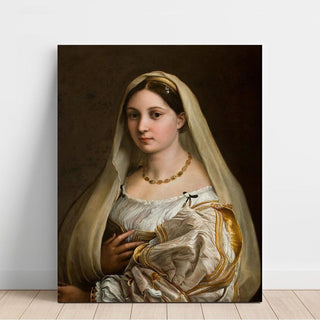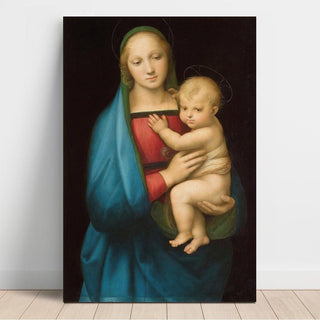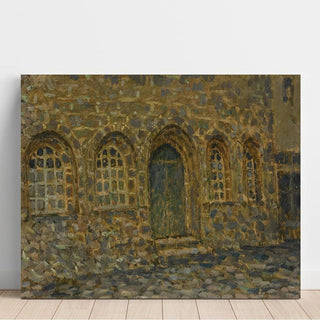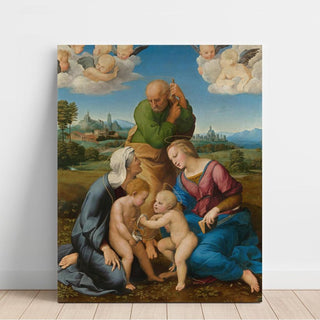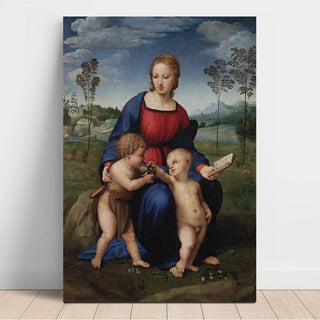Raphaël - The Master of the Italian Renaissance
Explore the timeless universe of Raphael, one of the greatest geniuses of the Italian Renaissance. Known for his harmonious compositions and idealized figures, he marked the history of art with perfect beauty and unparalleled mastery of the human form.
The Life of Raphael
Born in 1483 in Urbino, Italy, Raphael Sanzio became one of the most famous artists of the Renaissance. Influenced by great masters like Leonardo da Vinci and Michelangelo, he developed his own style that combines harmony, beauty, and perfection. Throughout his career, Raphael created numerous works, mainly frescoes, portraits, and religious scenes. His work was greatly influenced by his travels to Rome, where he worked for Pope Julius II and left an indelible mark on the decoration of the Vatican. Raphael died prematurely at the age of 37, but his influence endures through his masterpieces.
The Work of Raphael
Raphael is mainly known for his portraits of unparalleled beauty and his religious frescoes. His works combine delicacy and precision, with a mastery of balance and perspective that has inspired generations of artists. Among his most famous works are:
- The Sistine Madonna
- The School of Athens
- The Virgin and Child with Saint John the Baptist
- The Transfiguration
- The Holy Family Spouses
A Unique and Timeless Style
- Harmony and balance: Raphael is renowned for the perfection of his compositions, creating works where every element is in perfect harmony, both in terms of figures and space.
- Mastery of the human form: His characters are of ideal beauty, with perfect proportions and a gentle expression, embodying the ideals of the Renaissance.
- Use of perspective and light: Raphael revolutionizes the way light and space are treated, with precise perspective and subtle plays of light that bring his scenes to life.

